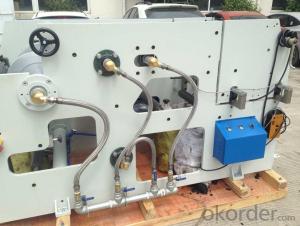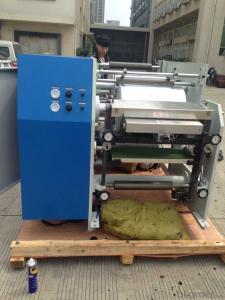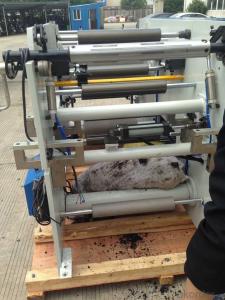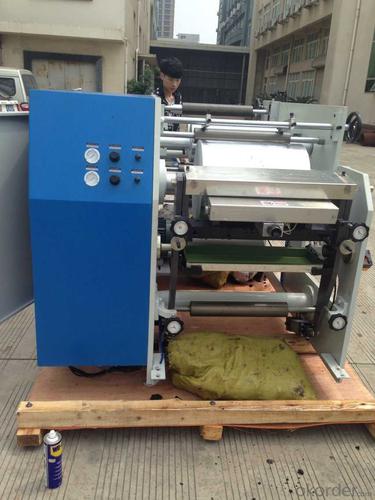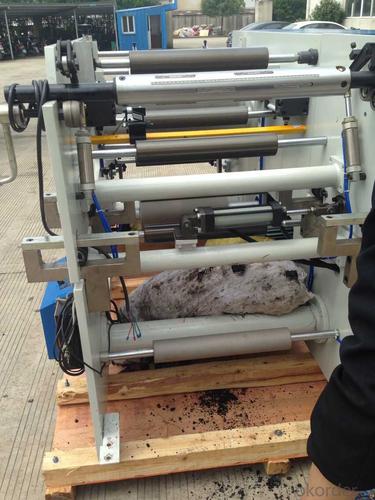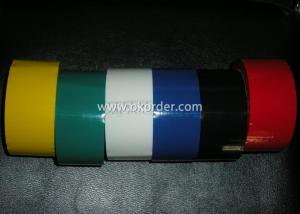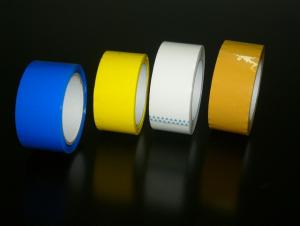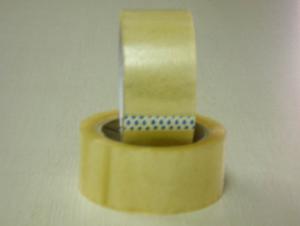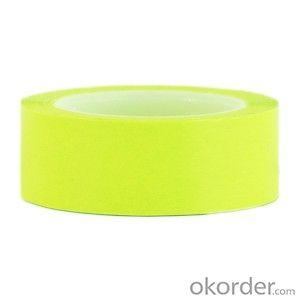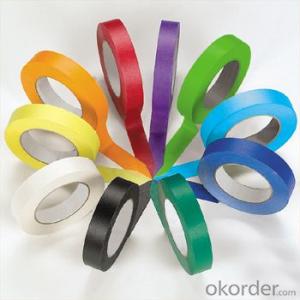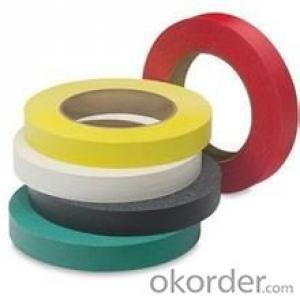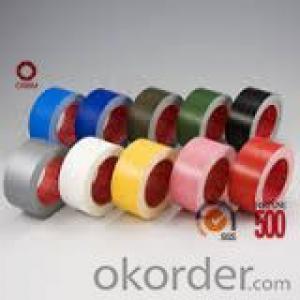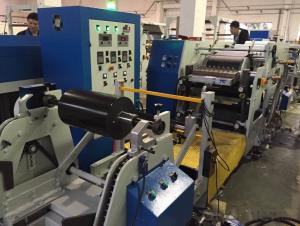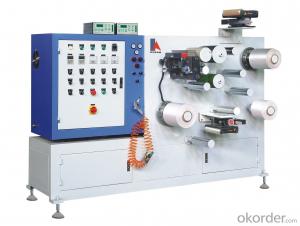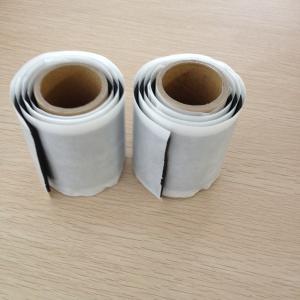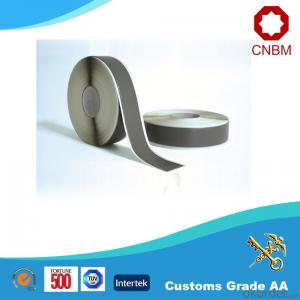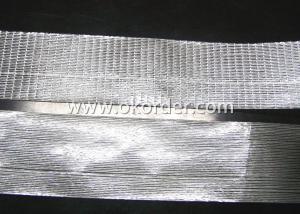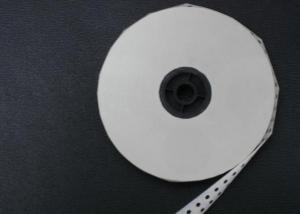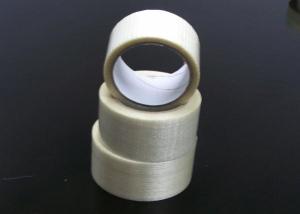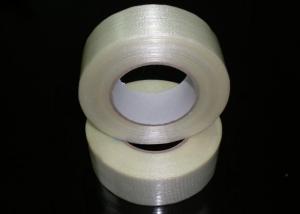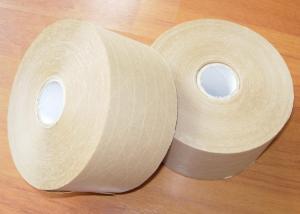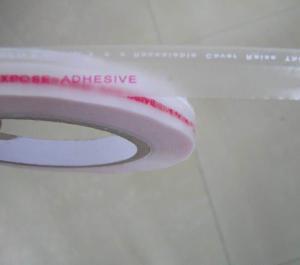Best Packaging Tape Canada Butyl Rubber Adhesive Coating Machine with Extruder
- Loading Port:
- China main port
- Payment Terms:
- TT OR LC
- Min Order Qty:
- 1 unit
- Supply Capability:
- 20 unit/month
OKorder Service Pledge
OKorder Financial Service
You Might Also Like
Application of Butyl Rubber Adhesive Coating Machine with Extruder
Coating material: BOPP, cloth, foam, kraft paper, masking paper, Aluminum foil, PE film, PVC film, etc.
Coating glue: hot melt butyl rubber, bitumen, synthetic rubber (not with PVC film)
Technical Parameters of Butyl Rubber Adhesive Coating Machine with Extruder
Coating Mode: Slot die
Coating Width: 400mm -2500mm
Coating Weight: 18-200g/m2
Uniformity: 20g-45g/sqm <+2g
Max. Machine Speed: 120 m/min
Roller Length: 1200mm
Max Rewinding Diameter: 800mm
Max Unwinding Diameter: 1200mm / 1000mm
Unwinding device: 2 sets
Rewinding device: 1 or 2 sets
Hole Pipe: 3m
Temperature: 210DC
Installed Power: 33kw
Power: ~ 380V + 15% 50HZ
Packaging of Butyl Rubber Adhesive Coating Machine with Extruder
Machine parts are packed in steamed solid cartons separately. Cartons are placed on containers flatwise and fixedly without any possible movement or shaking during sea shipping.
Picture of Butyl Rubber Adhesive Coating Machine with Extruder
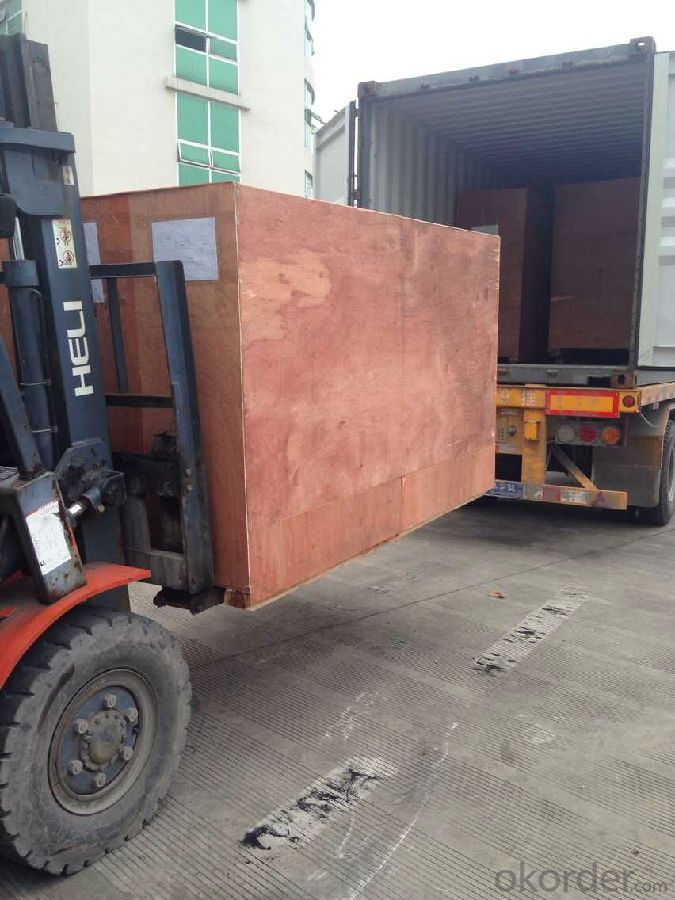
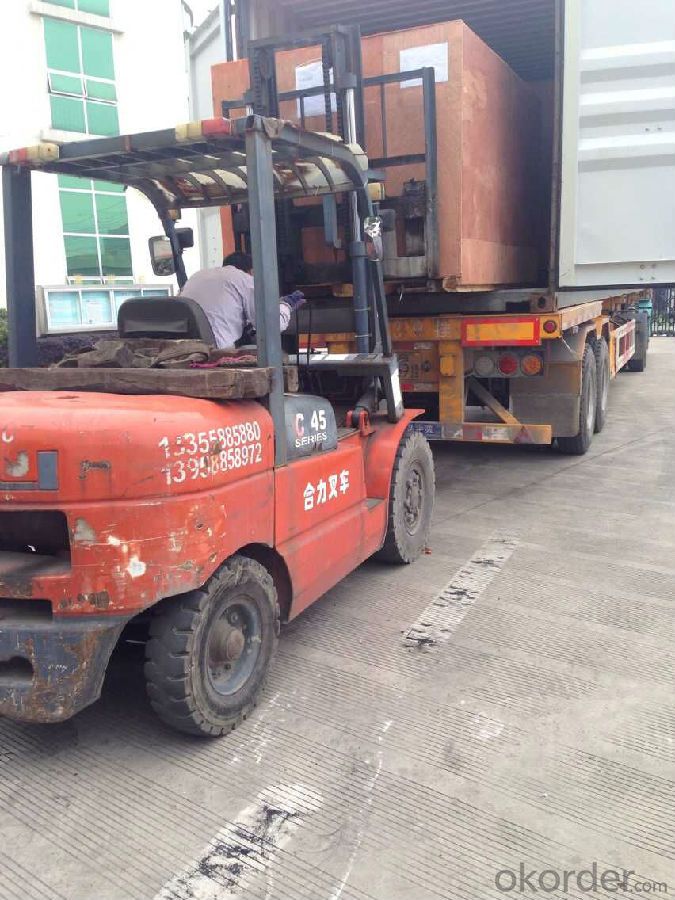
FAQ: What are your company advantages?
Company Advantages:
1. Stable financial status and sound reputation as a state invested corporation under the direct administration of the State Council of PRC;
2. CNBM’s worldwide influence as one of the 500 global fortunes specializing in building materials including adhesive tapes;
3. More than a decade’s exporting experience and technology in adhesive tape industry;
4. Preferential shipping channels, with a separate team dealing with shipping.
- Q: What are the benefits of using UV-resistant packaging tape?
- The benefits of using UV-resistant packaging tape include protection against fading or discoloration caused by exposure to sunlight, increased longevity of the packaging tape, and maintenance of the tape's adhesive strength even in outdoor or high-temperature environments.
- Q: Is packaging tape easy to tear by hand?
- Yes, packaging tape is generally easy to tear by hand.
- Q: Can packaging tape be used for sealing packages with electronics or electrical components?
- Yes, packaging tape can be used for sealing packages with electronics or electrical components. However, it is important to note that not all packaging tapes are suitable for this purpose. When selecting a packaging tape for sealing packages with electronics or electrical components, it is recommended to choose an anti-static or ESD (electrostatic discharge) safe tape. These tapes are specifically designed to prevent static electricity from damaging sensitive electronic components during shipping or handling. Using regular packaging tape without anti-static properties may pose a risk of static discharge that could potentially damage the electronics or affect their performance. Therefore, it is crucial to consider the specific requirements of the electronics or electrical components being packaged and select an appropriate tape to ensure their protection.
- Q: Can packaging tape be used for securing shipments during transit?
- Absolutely, packaging tape is perfect for securing shipments while they are being transported. It is specifically engineered to create a sturdy and dependable seal for packages, guaranteeing their safety and preservation throughout transportation. It is commonly employed to seal cardboard boxes, fasten bubble wrap or other protective materials around items, and reinforce package closures. Packaging tape is long-lasting, user-friendly, and creates a strong adhesive connection, making it the ideal option for securing shipments in transit.
- Q: Can packaging tape be used for sealing retail or product packaging?
- Yes, packaging tape can definitely be used for sealing retail or product packaging. Packaging tape is specifically designed for sealing boxes and packages, providing a secure and durable seal. It is commonly used in various industries, including retail, e-commerce, and product packaging. Packaging tape is typically made of strong adhesive material, ensuring that the package remains sealed during transportation and handling. It is easy to use, as it can be applied quickly and efficiently. Additionally, packaging tape is available in different sizes and strengths, allowing it to meet the specific needs and requirements of different types of retail or product packaging. Overall, packaging tape is a reliable and effective option for sealing retail or product packaging.
- Q: Does packaging tape come in different lengths?
- Yes, packaging tape does come in different lengths. Packaging tape is available in various lengths to accommodate different packaging needs. Common lengths for packaging tape include 55 yards, 110 yards, and 1000 yards, although other lengths may be available as well. The length of the packaging tape you choose depends on the size and quantity of packages you plan to seal. It is important to consider the length of packaging tape needed to ensure you have enough to securely seal your packages without running out.
- Q: Is packaging tape safe to use on painted surfaces?
- Packaging tape is generally considered safe for use on painted surfaces, but there are a few factors that need to be taken into account. Firstly, it is crucial to make sure that the paint has completely dried before applying any tape. This usually takes about 30 days, depending on the type of paint used. Applying tape to fresh or wet paint can result in damage when the tape is removed. Secondly, the type of tape utilized can also impact the outcome. Most packaging tapes are designed to be easily removable without leaving any residue or causing harm to surfaces. However, there are some low-quality tapes or those with strong adhesives that may leave sticky residue or even strip off the paint upon removal. It is advisable to opt for high-quality packaging tape that is explicitly labeled as safe for painted surfaces. To err on the side of caution, it is always wise to conduct a test on a small and inconspicuous area of the painted surface before applying the tape extensively. This will help ensure that the tape does not cause any damage or leave any residue behind. If there are any concerns, it is recommended to consult the manufacturer's instructions or seek professional advice. In conclusion, when used correctly and on fully dried paint, packaging tape should be safe for use on painted surfaces. However, it is vital to exercise caution and select the appropriate tape to prevent any potential damage.
- Q: Can packaging tape be used for sealing glass bottles?
- Yes, packaging tape can be used for sealing glass bottles. However, it is important to note that it may not provide the same level of security and protection as specialized bottle sealing methods such as corking or using bottle caps. Packaging tape may not be as effective in preventing leakage or maintaining the freshness of the contents.
- Q: How does packaging tape perform in high humidity environments?
- Packaging tape generally performs well in high humidity environments, but it depends on the specific type and quality of the tape. Most packaging tapes are designed to withstand moisture and humidity to some extent, as they are commonly used in various climates and conditions. However, prolonged exposure to high humidity can weaken the adhesive properties of the tape, causing it to lose its effectiveness in sealing packages. In high humidity environments, the moisture in the air can impact the tape's ability to adhere securely. The adhesive on the tape may become less sticky or even fail altogether, resulting in the tape peeling off or losing its grip on the packaging. This can lead to packages becoming unsealed, potentially causing damage or loss of contents during transportation or storage. To mitigate the effects of high humidity, it is advisable to use packaging tapes specifically designed for such conditions. There are tapes available that are specifically formulated with moisture-resistant adhesives or are reinforced with additional layers to enhance their strength and durability in humid environments. These tapes are capable of maintaining their adhesive properties even when faced with high levels of humidity. It is also important to store packaging tapes properly in a humidity-controlled environment when not in use. Exposure to excessive moisture or humidity can negatively impact the tape's performance even before it is applied to packages. Storing the tape in a cool, dry place can help preserve its integrity and ensure it remains effective when needed. In summary, while packaging tape can generally perform well in high humidity environments, it is crucial to consider the quality and type of tape being used. Opting for moisture-resistant or reinforced tapes and storing them appropriately can help maintain their effectiveness in sealing packages, even in challenging humidity conditions.
- Q: Can packaging tape be used for sealing food containers?
- No, packaging tape should not be used for sealing food containers. While packaging tape may be effective for securing boxes and packages, it is not designed or recommended for use with food. Food containers should be sealed with appropriate materials that are specifically made for food contact, such as food-grade plastic wrap, aluminum foil, or reusable food storage containers with airtight lids. Using packaging tape on food containers can introduce harmful chemicals or adhesives that may contaminate the food, compromise its quality, or pose health risks. It is essential to prioritize food safety and ensure that only approved materials are used for sealing food containers.
Send your message to us
Best Packaging Tape Canada Butyl Rubber Adhesive Coating Machine with Extruder
- Loading Port:
- China main port
- Payment Terms:
- TT OR LC
- Min Order Qty:
- 1 unit
- Supply Capability:
- 20 unit/month
OKorder Service Pledge
OKorder Financial Service
Similar products
Hot products
Hot Searches
